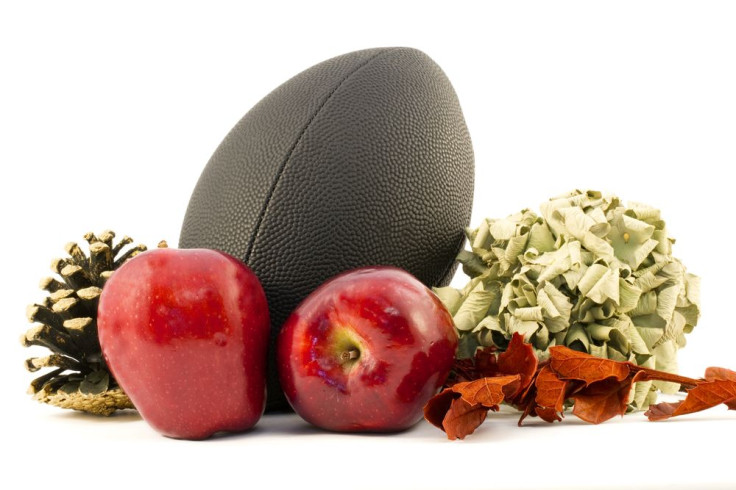Healthier Foods Sell At School Sporting Events Despite Concerns

When thinking about typical fare at a baseball or football game, things that come to mind tend to be hot dogs, burgers, popcorn, and nachos. Carrots, pickles, and trail mix would never be on such a traditional menu, right? Although that’s mostly the case, researchers from the University of Iowa felt that making those changes to concession stand menus could help people eat healthier, without losing important revenue. They were right.
The researchers approached the boosters club at Muscatine High School in the fall of 2008. They asked the club, whose sole responsibility is to raise money for the school’s sports teams and extracurricular clubs, to begin selling healthier food at concession stands during the teams’ games. At the time, the club, called the Muskie Boosters, raised an annual average of $90,000, and including healthier food on menus was considered a huge risk. “I don’t think, without [revenue from] booster clubs, especially with how schools are cutting things, how they’d be able to do it,” said Kate Hansen, a former president of the Boosters, in a statement.
The Muskies followed through with the plan, though, serving an assortment of healthier snacks during football games, volleyball matches, and swim meets. The foods they added to the menu included apples and carrots with dip, chicken sandwiches, granola bars, pickles, soft pretzels, string cheese, and trail mix. Going further, they also switched certain components in foods already on the menu for healthier ones, including canola oil for coconut oil in the popcorn and nacho cheese for trans-fat-free nacho cheese.
By the end of the season, the average sales per varsity football game rose $250, from $6,599 to $6,849. Although the healthy foods made up only 9.2 percent of sales, it was more variety that led to more sales, the researchers said — their slogan was “Great taste, more variety.” “Booster groups have worried that healthier items wouldn’t sell, and it’s important for them to make money to support student activities,” said Helena Laroche, assistant professor in internal medicine and pediatrics at the university, in the statement. “This shows it can be done.”
Studies continue to show that giving people options goes a long way in promoting healthier eating. A study from last May found that kids who were able to preorder their lunches online, when they weren’t hungry for it, were more likely to order healthy food. The U.S. Department of Agriculture (USDA) also advises parents to offer their children options both by giving them a list of options for that night’s dinner ingredients and by keeping a range of foods in the fridge. Apparently, what works for kids also works for adults at Muscatine High School sporting events.
“If you’re a concession-stand sponsor, and you want people to eat better, and you want to make more money, add at least five healthy items,” said Brian Wansink, a marketing professor at Cornell University’s Food and Brand Lab, in the statement. Wansink and other researchers were brought in by the University of Iowa to analyze their study’s data. “There’s got to be a critical mass, and we find that five’s a very lucky number, and 10 is even better.”
The study will appear this week in the Journal of Public Health.



























